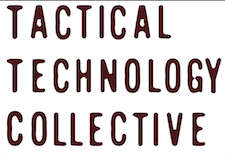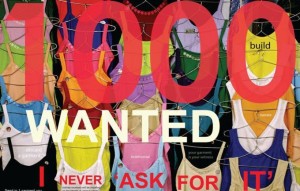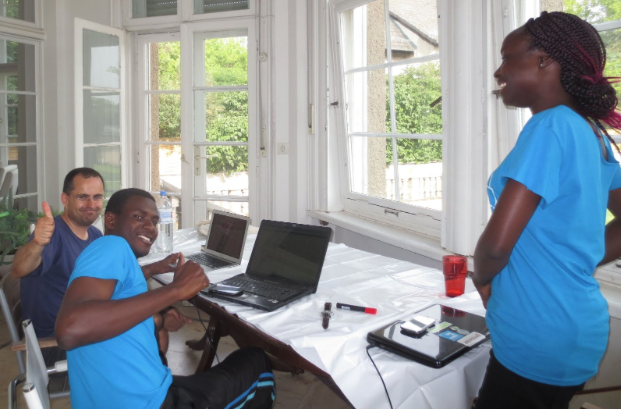Data literacy research: update and OGP sessions
Mariel García - October 27, 2015 in Impact
Announcement: We will be presenting the preliminary findings of our data literacy research at the OGP convening in Mexico City. We are leading a knowledge café session on this topic on CSO day (Tuesday the 27th at 2, classroom C9) and participating on mySociety’s panel on research and digital democracy during the Summit (Wednesday the 28th at 4, also at classroom C9). We’ll be happy to see you there!
As we shared a few months back, School of Data is working on a research project to understand data literacy efforts around the world. We are using a framework which is informed by the principles of action research. We have conducted a series of semi-structured interviews with relevant stakeholders, and have collected literature, existing research and resources that help illuminate effective methodologies that are in use. This is currently being analysed and written up with the goal of improving data literacy practice in the short term, informing efforts to provide data literacy in the long run.
While we are still in the process of putting the final touches on our research paper, we want to share a few facts from our preliminary findings…
- Context: much data literacy work is independent from tools, and has to do with the ability to understand the context of data. How it came to be, where it is to be found, how it can be validated, what lines of analysis are worth exploring.
- Data pipeline: The School of Data data pipeline has been the most recurring concept in interviews, even among actors outside the School of Data network. This finding has prompted us to start digging deeper into how this concept came to be and why the data literacy community finds it useful.
- The role of soft skills: The level of comfort and confidence of beneficiaries when working with data is mentioned often, which could be an indication of the importance of looking beyond data literacy and into pedagogical resources to ensure data literacy work is designed around tactics that promote such environments (or “academic mindsets”, as described in one of the interviews.
- Beneficiaries: The people we interviewed are either focusing their efforts on getting journalists to make better use of data in their reporting, or organisations and individuals to make better use of data in advocacy that will lead to social change.
- Experiential methodology: Often it’s about providing people with a dataset and getting them to develop a story from it; other times, it’s hands-on training addressing different parts of the data pipeline. Most interviewees so far have made an emphasis on the importance of actually identifying and working with data sets.
- The length of each data literacy process varies. Larger and older organizations favor intensive, long term processes with relatively few beneficiaries; smaller and younger organizations or individuals favor short-term trainings to reach larger audiences.
We will keep you all posted as this process evolves. That said – if you want to add some input, it’s still a good time to take the survey. If you’d like to get in touch with the people behind the research, you can reach us at dataliteracy [at] fabriders [dot] net.







